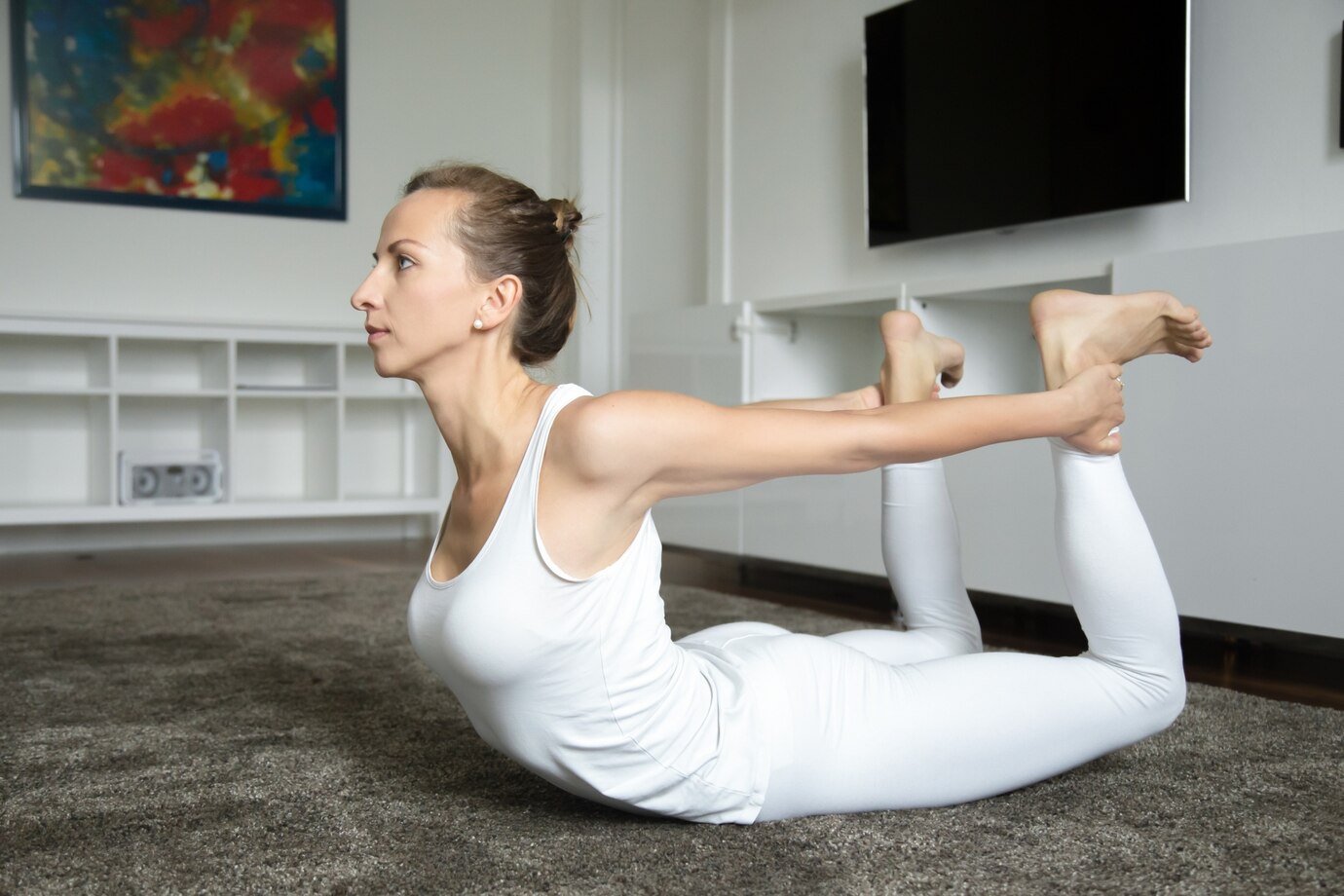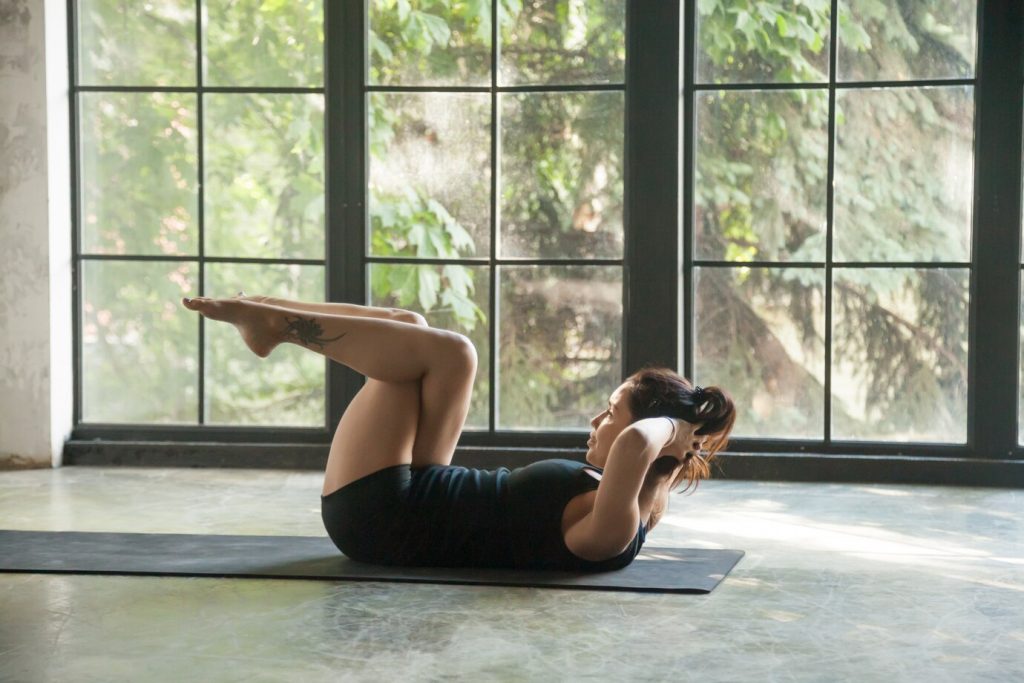The Power of Yoga: A Comprehensive Guide to Its Benefits, Science, and Best Practices
Yoga is more than just a fitness trend; it’s an ancient practice that has evolved over thousands of years into a holistic approach to physical and mental well-being. While some may associate yoga with slow stretches and meditation, others recognize its ability to provide a full-body workout that enhances strength, flexibility, endurance, and mindfulness.
But is yoga truly an effective form of exercise? Can it replace traditional workouts, or should it be supplemented with other physical activities? In this comprehensive guide, we’ll explore the various forms of yoga, its health benefits, scientific backing, safety considerations, and how best to integrate it into your lifestyle.
What Is Yoga?
Yoga originated in India over 5,000 years ago as a spiritual and mental discipline aimed at uniting the mind, body, and spirit. The word “yoga” comes from the Sanskrit term “Yuj,” meaning “to yoke” or “to unite.” While traditional yoga emphasized meditation and enlightenment, modern yoga has evolved into a practice that also emphasizes physical fitness through postures (asanas), breathing exercises (pranayama), and meditation (dhyana).
Today, yoga is practiced by millions worldwide, offering benefits that extend far beyond physical fitness. It is a versatile practice that can be tailored to suit people of all ages, fitness levels, and health goals.

Types of Yoga and Their Benefits
1. Hatha Yoga
- One of the most common styles of yoga in the U.S.
- Focuses on basic postures, breathwork, and relaxation.
- Ideal for beginners and those seeking a slower-paced practice.
2. Vinyasa Yoga
- Also known as “flow yoga,” it involves dynamic sequences that link breath with movement.
- Provides a cardiovascular workout and builds endurance.
- Suitable for those looking for an energizing and challenging practice.
3. Ashtanga Yoga
- A structured and physically demanding form of yoga.
- Follows a set sequence of postures with a strong focus on breath control.
- Builds strength, flexibility, and stamina.
4. Bikram (Hot) Yoga
- Performed in a heated room (85°F-105°F) to encourage sweating and detoxification.
- Consists of 26 specific postures performed in a structured sequence.
- Improves circulation, flexibility, and endurance.
5. Iyengar Yoga
- Emphasizes precision and alignment using props such as blocks, straps, and chairs.
- Ideal for individuals recovering from injuries or those with limited mobility.
- Enhances posture and body awareness.
6. Yin Yoga
- Involves holding poses for several minutes to promote deep stretching and relaxation.
- Improves flexibility and joint mobility.
- Excellent for stress relief and mindfulness.
7. Kundalini Yoga
- Integrates breathwork, chanting, and dynamic movements.
- Focuses on awakening spiritual energy within the body.
- Enhances mental clarity and emotional resilience.
8. Restorative Yoga
- Uses props to support the body in passive poses for deep relaxation.
- Beneficial for stress relief and recovery from illness or injury.
- Helps regulate the nervous system and improve sleep quality.
Is Yoga an Effective Workout?
The effectiveness of yoga as a workout depends on the style and intensity of practice. While Yin or Restorative Yoga focuses on relaxation, more dynamic forms such as Vinyasa, Ashtanga, and Power Yoga provide a rigorous workout that improves strength, endurance, and cardiovascular health.
Yoga and Strength Training
Many yoga poses require holding one’s body weight, which can help build functional strength. Poses like Plank, Warrior, and Chaturanga develop core stability and muscle endurance, while arm balances and inversions challenge upper-body strength.
Yoga for Flexibility and Balance
Yoga is one of the best exercises for improving flexibility and balance. Regular practice increases the range of motion in joints and reduces stiffness, which can prevent injuries and enhance performance in other physical activities.
Yoga and Cardiovascular Fitness
While yoga isn’t typically classified as a high-intensity cardio workout, styles like Vinyasa and Power Yoga can elevate heart rate and improve circulation. Some studies suggest that yoga can have similar benefits to moderate aerobic exercise in improving heart health.
Can Yoga Replace Other Forms of Exercise?
While yoga offers numerous health benefits, it may not completely replace aerobic exercise or strength training, depending on your fitness goals. The 2018 Physical Activity Guidelines for Americans recommend:
- 150-300 minutes of moderate-intensity aerobic exercise per week OR
- 75-150 minutes of vigorous-intensity aerobic exercise per week
- At least two days of muscle-strengthening activities
A well-rounded fitness routine might include yoga alongside other activities such as walking, running, swimming, or weight training to meet these recommendations.
The Science Behind Yoga’s Health Benefits
Numerous studies have explored yoga’s impact on health, revealing benefits such as:

1. Reduced Stress and Anxiety
Yoga has been shown to lower cortisol levels, the stress hormone linked to inflammation and disease. The mindfulness aspect of yoga also helps calm the nervous system and improve emotional regulation.
2. Chronic Pain Relief
Research suggests that yoga can help alleviate lower back pain, arthritis, and migraines. A 2005 study published in Annals of Internal Medicine found that yoga was more effective than standard exercise or self-care books for reducing chronic lower back pain.
3. Improved Heart Health
Yoga has been linked to lower blood pressure, improved cholesterol levels, and reduced risk factors for cardiovascular disease. A 2013 study in the Journal of the American College of Cardiology found that yoga reduced arrhythmia burden in patients with atrial fibrillation.
4. Enhanced Immune Function
Regular yoga practice has been shown to reduce inflammation markers and improve immune system resilience. A 2015 review in Brain, Behavior, and Immunity concluded that yoga and other mind-body therapies help regulate immune function and reduce harmful inflammation.
5. Better Sleep Quality
Yoga can help regulate the sleep cycle and improve relaxation, making it an effective tool for those struggling with insomnia or sleep disturbances.
Safety Considerations and Best Practices
While yoga is generally safe, injuries can occur, particularly with improper alignment or overexertion. Here are some tips to practice safely:
- Start with beginner-friendly classes if you are new to yoga.
- Use props like blocks and straps to modify poses.
- Listen to your body and avoid forcing movements.
- Consult with a physician if you have any health conditions before starting an intense yoga regimen.
How to Incorporate Yoga into Your Routine
Yoga Before a Workout
Practicing dynamic yoga sequences before a workout can:
- Warm up muscles and joints.
- Improve mobility and flexibility.
- Reduce the risk of injury.
Yoga After a Workout
A restorative yoga session post-workout can:
- Aid muscle recovery and reduce soreness.
- Improve circulation and prevent stiffness.
- Promote relaxation and stress relief.
How Often Should You Practice?
The frequency of yoga practice depends on individual goals. For general health and flexibility, three to five sessions per week of at least 30 minutes each is recommended. If yoga is your primary form of exercise, incorporating various styles to target different fitness components is ideal.
Additional Details on the Benefits and Modifications for Bikram Yoga Poses
Bikram (Hot) Yoga is known for its 26-posture sequence that systematically works the body, improving strength, flexibility, endurance, and mental focus. Below, we’ll explore the benefits of each posture along with modifications for beginners or those with injuries.
1. Pranayama Series (Standing Deep Breathing)
✔ Benefits: Improves lung capacity, oxygenates the body, and prepares the mind for practice.
🔹 Modification: If you feel dizzy, breathe more slowly or sit down until you regain balance.
Standing Series
2. Half Moon Pose (Ardha Chandrasana) with Hands-to-Feet Pose (Pada-Hastasana)
✔ Benefits: Strengthens core, improves spinal flexibility, and stretches hamstrings.
🔹 Modification: If your flexibility is limited, keep a slight bend in the knees.
3. Awkward Pose (Utkatasana)
✔ Benefits: Strengthens thighs, calves, and core muscles; improves balance.
🔹 Modification: If knee pain is an issue, don’t squat as deeply.
4. Eagle Pose (Garudasana)
✔ Benefits: Improves balance, stretches shoulders, and strengthens legs.
🔹 Modification: If wrapping the legs is difficult, keep the lifted foot resting on the shin instead.
5. Standing Head-to-Knee Pose (Dandayamana-Janushirasana)
✔ Benefits: Enhances focus, strengthens legs, and stretches hamstrings.
🔹 Modification: Keep the knee bent and hold the raised leg without fully extending it.
6. Standing Bow Pose (Dandayamana-Dhanurasana)
✔ Benefits: Opens the chest, improves balance, and strengthens the lower body.
🔹 Modification: Use a yoga strap around your foot if you can’t reach it with your hand.
7. Balancing Stick Pose (Tuladandasana)
✔ Benefits: Increases cardiovascular strength and improves posture.
🔹 Modification: If balance is challenging, perform the pose with one foot touching the floor.
8. Standing Separate-Leg Stretching Pose (Dandayamana-Bibhaktapada-Paschimottanasana)
✔ Benefits: Stretches hamstrings, improves spinal flexibility, and stimulates digestion.
🔹 Modification: If flexibility is limited, bend the knees slightly or place hands on blocks.
9. Triangle Pose (Trikonasana)
✔ Benefits: Opens the hips, strengthens legs, and improves flexibility.
🔹 Modification: Shorten your stance if you feel strain in the inner thighs.
10. Standing Separate-Leg Head-to-Knee Pose (Dandayamana-Bibhaktapada-Janushirasana)
✔ Benefits: Improves circulation, boosts metabolism, and strengthens legs.
🔹 Modification: If your hamstrings are tight, bend the front knee slightly.
11. Tree Pose (Tadasana)
✔ Benefits: Enhances posture, strengthens legs, and improves balance.
🔹 Modification: Place the foot lower on the standing leg if needed (avoid the knee joint).
12. Toe Stand (Padangusthasana)
✔ Benefits: Increases balance and strengthens feet and ankles.
🔹 Modification: Practice Half Toe Stand by keeping one hand on the floor or a wall for support.
Floor Series
13. Savasana (Corpse Pose)
✔ Benefits: Helps the body recover, promotes relaxation, and lowers blood pressure.
🔹 Modification: Use a small pillow under the head or knees for extra comfort.
14. Wind-Removing Pose (Pavanamuktasana)
✔ Benefits: Aids digestion, relieves bloating, and stretches the lower back.
🔹 Modification: If pulling both legs is uncomfortable, hug one knee at a time.
15. Cobra Pose (Bhujangasana)
✔ Benefits: Strengthens the lower back and stimulates the kidneys.
🔹 Modification: If you have lower back pain, keep your elbows bent and lift only slightly.
16. Locust Pose (Salabhasana)
✔ Benefits: Strengthens the back, glutes, and hamstrings.
🔹 Modification: Lift one leg at a time if lifting both is too challenging.
17. Full Locust Pose (Poorna-Salabhasana)
✔ Benefits: Builds strength in the back, shoulders, and arms.
🔹 Modification: Start with a smaller lift and increase height gradually.
18. Bow Pose (Dhanurasana)
✔ Benefits: Opens the chest and strengthens the entire back.
🔹 Modification: Use a yoga strap if you can’t reach your feet.
19. Fixed Firm Pose (Supta-Vajrasana)
✔ Benefits: Stretches the knees, ankles, and lower spine.
🔹 Modification: If knees feel uncomfortable, sit on a block or bolster.
20. Half Tortoise Pose (Ardha-Kurmasana)
✔ Benefits: Relieves stress, stretches the spine, and improves focus.
🔹 Modification: Keep arms wider apart if shoulder tightness is an issue.
21. Camel Pose (Ustrasana)
✔ Benefits: Opens the chest, improves spinal flexibility, and boosts energy.
🔹 Modification: Keep hands on the lower back if reaching the heels is difficult.
22. Rabbit Pose (Sasangasana)
✔ Benefits: Stretches the spine and stimulates the nervous system.
🔹 Modification: If neck pain occurs, avoid tucking the chin too forcefully.
23. Head-to-Knee Pose with Stretching (Janushirasana with Paschimottanasana)
✔ Benefits: Improves digestion and stretches the spine and hamstrings.
🔹 Modification: Use a strap to hold your foot if you can’t reach it.
24. Spine-Twisting Pose (Ardha-Matsyendrasana)
✔ Benefits: Improves spinal mobility and detoxifies the organs.
🔹 Modification: Keep the bottom leg extended if bending it is uncomfortable.
25. Blowing in Firm Pose (Kapalbhati Pranayama)
✔ Benefits: Energizes the body, improves focus, and strengthens the diaphragm.
🔹 Modification: Breathe at a slower pace if dizziness occurs.
Final Tips for Practicing Bikram Yoga Safely
✔ Stay Hydrated: Drink water before and after class, but avoid excessive drinking right before practice.
✔ Dress Lightly: Wear moisture-wicking clothes to stay cool.
✔ Listen to Your Body: If you feel dizzy, take a break in Savasana.
✔ Avoid Eating Before Class: A heavy meal can cause discomfort in the heated room.
✔ Use Props When Needed: Blocks, straps, or a small towel can help modify postures safely.
Bikram Yoga is a powerful practice that can transform your strength, flexibility, and mental resilience. By modifying poses as needed and staying consistent, you’ll gradually build endurance and deepen your practice.

